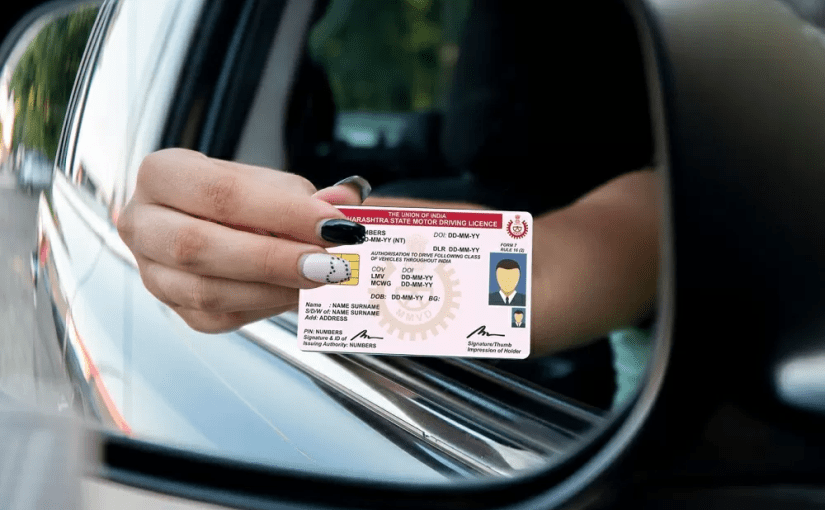
Embarking on a journey to a new country brings myriad tasks, and translating their driver’s licenses is one of the most crucial for immigrants. This document extends beyond its primary function as a driving permit; in the context of immigration, it becomes an essential piece of identification. It is a testament to your identity and a key to navigating your new life in a foreign land.
This detailed article is a complete guide to driver’s licenses for immigrants for immigration.
Translating your driver’s license for immigration purposes requires more than just a basic word-for-word translation. You must understand legal terminologies, recognize the specific requirements of immigration authorities, and pay keen attention to detail.
In this comprehensive guide, we delve into the intricacies of driver’s licenses for immigrants, mainly focusing on meeting the standards and expectations of the United States Citizenship and Immigration Services (USCIS). Whether you are a student planning to study abroad, a professional seeking employment opportunities, or joining a family, having your driver’s license accurately translated is a step you cannot afford to overlook.
Navigating the USCIS’s requirements can be daunting. This guide offers step-by-step advice, highlighting common pitfalls to avoid and providing insights into choosing the exemplary translation service. By the end of this guide, you will be well-equipped with the knowledge to ensure your translation is smooth, accurate, and compliant with USCIS regulations.
From understanding the need for a certified translator to the final submission of your translated document, ensuring your transition into your new country is as seamless as possible.
Understanding the Need for Translation
This comprehensive process ensures that the translation accurately and precisely represents all the information on your license in the host country’s language, which is essential for practical and legal reasons.
The importance of this translation lies in its role in ensuring compliance. Each country has its own set of rules and requirements regarding the translation of driver’s licenses for immigrants. A translated driver’s license ensures that immigrants legally drive in their new country. Still, it also serves as a valid form of identification for various bureaucratic processes, from opening a bank account to registering for healthcare services.
Moreover, translating a driver’s license is about linguistic accuracy and cultural and legal adaptation. The translator must understand the legal implications of specific terms and conditions stated in the permit. This aspect of the translation is crucial because any discrepancy or error can lead to legal issues or misunderstandings with local authorities.
Additionally, translating a driver’s license can involve converting measurements (such as height or weight) into local units, ensuring that the date format aligns with local standards, and possibly including additional information required by the host country but not present in the original license. This thoroughness is essential for the translated document to be fully functional and accepted without question in various scenarios.
Translating a driver’s license for immigrants is a multifaceted process that intertwines language skills with cultural sensitivity and legal knowledge. It is a task that demands precision and expertise to ensure that the immigrant’s transition into their new country is smooth and free from unnecessary complications related to driving and identification.
The Process of Translating Your Driver License
Translating your driver’s license for United States Citizenship and Immigration Services (USCIS) can be intricate. It’s crucial for immigrants applying for driver’s licenses to recognize that only some translations will meet the standards set by the USCIS. Their specific requirements aim to maintain the integrity and accuracy of official documents, and it is paramount for you to ensure compliance with these guidelines during your immigration journey.
First and foremost, it’s essential to understand that USCIS mandates all translations to be complete and accurate. You must ensure the translation replicates the original document’s details, including all stamps, signatures, or seals. The process should capture the essence of the original document, leaving no room for ambiguity or misinterpretation. This level of detail is critical because discrepancies can lead to misunderstandings or even the rejection of the translation by USCIS.
To achieve this standard of precision, it is typically required to engage a certified professional translator. A certified translator is proficient in both languages and understands the legal terminologies and nuances of official documents like driver’s licenses. They are trained to convey the exact meaning of the original text, ensuring that the translation is both linguistically and contextually accurate.
Moreover, the process often involves an additional step of certification. The translator or the translation agency must provide a signed statement, known as a “certificate of translation accuracy,” declaring that the translation is a true and accurate representation of the original document. This certification is crucial as it adds a layer of authenticity to the translation, making it a legally binding document acceptable to USCIS.
It’s also worth noting that while some countries may have bilateral agreements that ease the translation requirements, in most cases, especially involving USCIS, there is no room for shortcuts. The translation must adhere to the highest standards of accuracy and professionalism.
Additionally, while the translation process is paramount, keeping the original documents intact and unaltered is equally essential. Immigrants should ensure that they have both the original and the translated version of their driver’s license when submitting documents to USCIS or any other authority.
Selecting the Right Translation Service
When translating your driver’s license for immigration, selecting the exemplary translation service is paramount. The service you choose is crucial in ensuring that your translated document is linguistically accurate and fully compliant with the specific legal standards required by immigration authorities, particularly the United States Citizenship and Immigration Services (USCIS).
Specialization in Immigration Document Translation
Begin by looking for translation services that specialize in immigration documents. These services are more likely to be familiar with the unique requirements and nuances associated with USCIS procedures. They understand the detail and accuracy needed for documents that immigration officials will scrutinize. A service experienced in handling USCIS driver’s licenses will be aware of the specific terminologies and formats preferred by the agency, reducing the likelihood of errors or delays in your application process.
Verifying Credentials and Certifications
It’s crucial to verify the credentials and certifications of the translation service. Opt for services that employ translators certified by recognized authorities, such as the American Translators Association (ATA) or similar bodies in other countries. Certified translators have proven their language proficiency and understanding of translation ethics and standards, which are essential for official documents.
Understanding Legal Compliance
A reliable translation service doesn’t just translate; it ensures that your solved driver’s license meets all legal standards. This approach involves translating the text and ensuring that the translation’s format, presentation, and content align with legal requirements. They should be adept at translating every detail, including any legal terms and conditions that may appear on your original license.
Quality Assurance Processes
Inquire about the USCIS driver’s license service’s quality assurance processes. A good translation service will have a system to review and check translations for accuracy and completeness. These quality assurance processes include proofreading by a second translator or a quality check by a supervisor. Such steps are vital to ensure that the translation is error-free and high-quality.
Timeliness and Customer Service
Consider the service’s commitment to timeliness and customer service. Immigration processes often operate on tight schedules, and delays in translation can lead to setbacks in your application. Choose a service that assures timely delivery of your documents. Also, good customer service, including clear communication and responsiveness, can make the translation process smoother and less stressful.
Comparing Prices and Services
Finally, compare prices and services among different providers. While cost is a factor, it shouldn’t be the sole criterion for selection. Remember, a lower price might come at the cost of quality or accuracy. Find a service that offers a good balance of quality, speed, and cost.
NAATI Certification and Its Importance
NAATI (National Accreditation Authority for Translators and Interpreters) certification represents a benchmark of quality in translation services. A NAATI translation driver’s license is often a requirement for many official procedures, assuring that the translation meets high standards of accuracy and reliability. Learn more about the benefits of NAATI-translation driving licenses.
Common Challenges and Solutions
From navigating the legal jargon to ensuring the cultural appropriateness of the translation, immigrants often face hurdles. However, by selecting an ideal translation service and understanding the specific requirements of your destination country, you can effectively navigate and overcome these challenges.
Final Steps and Verification
After having your driver’s license translated, verifying its accuracy and compliance with local regulations is crucial. This step is essential in ensuring that immigration authorities and other local entities will accept your document.
Conclusion
Translating your driver’s license for immigration is a critical step in your journey as an immigrant. It’s more than just a translation; it’s about preserving your rights and identity in a new country. You can confidently navigate this process by following these guidelines and selecting the exemplary translation service. Get your driver’s license translation today.
You can read more about the USCIS Official Guidelines for Document Translation. You need to know more about International Driving Permit Information to understand international laws comprehensively.










